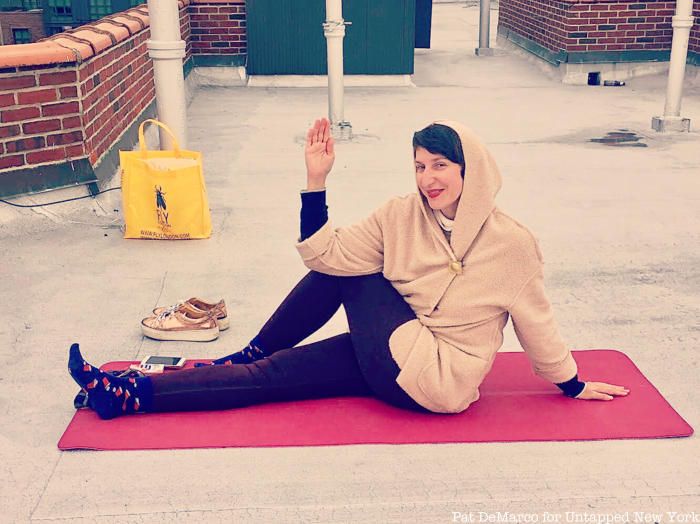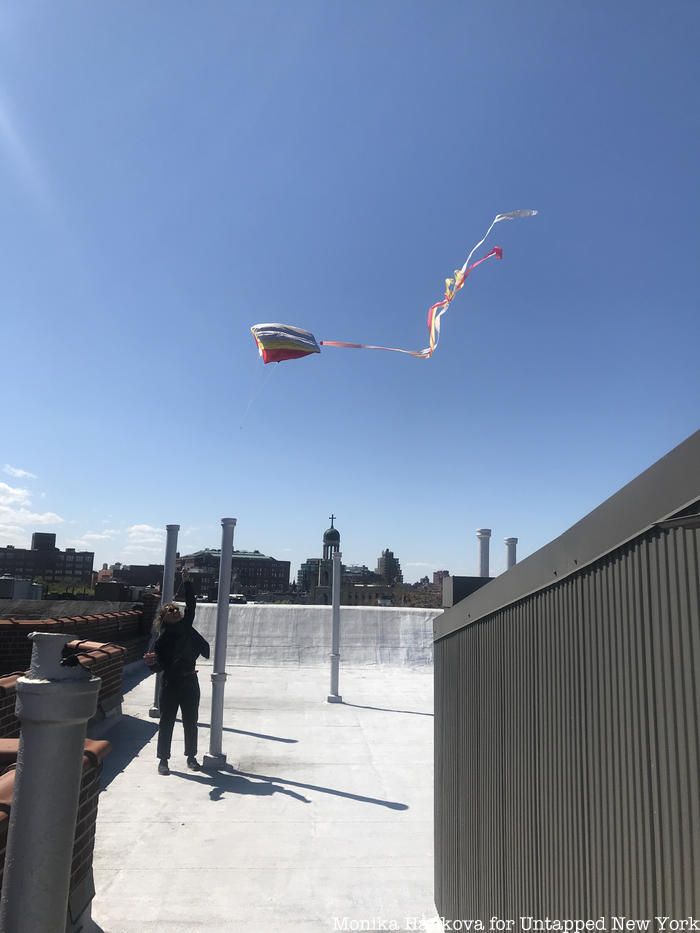Last Chance to Catch NYC's Holiday Notalgia Train
We met the voices of the NYC subway on our nostalgia ride this weekend!


“Every New Yorker and every stranger in New York who can possibly make it is trying to get on some roof,” — The New York Times in 1920.
These words have lately (exactly one hundred years later) become more true than ever. When the coronavirus pandemic hit the city in the second half of March, newly quarantined New Yorkers confined to their tiny apartments and studios started to look for safe outdoors to get some fresh air. Not everyone is blessed with a back garden, private balcony, terrace or patio. Rooftops became most-wanted outdoor spaces that offered not only nice breeze but also isolation from possibly COVID-19-filled streets only several stories below.

New York City has a long history of public rooftop spaces, bars and gardens. Rooftop gardens were often incorporated into apartment buildings around Central Park since the beginning of the 20th century. Now they are becoming standard equipment at new residential projects across Manhattan. Michael Sorkin, a renowned Greenwich Village architect and urbanist, and, sadly, one of the first victims of the pandemic in NYC, was a pioneer of a green roof and vertical farms. He called for more authentic urbanity, a self-sustaining city that uses design and planning principles to improve peoples’ lives, and rooftops were a part of that.


Historically, rooftops were, however, more often tar beaches than green oases, which means they used to be rather refuge for the poor than the rich. Overcrowded streets and tenement buildings with more than ten people in one railroad apartment were a sad reality of the 19th century New York, and rooftops provided at least some semi-privacy and cool breeze. In the second half of the 20th century this then-popular escape started little by little losing its attractiveness. Nowadays many rooftops remain closed due to safety reasons. The New York Times reported tar beaching is “a diminished, perhaps even dying habit”.

Nevertheless, rooftop, as well as the stoop are much needed urban elements even in the 21st century, and the pandemic only proved it. During the lockdown, city dwellers went out on rooftops not only to get some exercise in the fresh air, which seemed to be the most favored rooftop activity, but also to work, make calls, fly a kite or a drone, dance, read a book, play an instrument, make art, drink coffee, do sunbathing or gardening, have socially distant conversations with their neighbors or wave to neighbors from next roofs. Jeremy Cohen, Brooklyn based photographer, captured some of these activities and presented this clip from April 18 on his Instagram.
It has such a familiar vibe, no wonder thousands of New Yorkers loved it. However, there was this new and pretty unique activity that brought isolated New Yorkers back together and up on the roofs during the pandemic: 7 pm clapping for front-line workers. People were applauding, cheering or banging pots and pans expressing their gratitude to health care and essential workers.
According to Annemarie Plas, the British yoga teacher and founder of this international movement, in the United Kingdom the clapping officially ended on May 28. Ms. Plas said, it’s now time for people in power to “reward and give them [the workers] the respect they deserve,” wrote The New York Times. An “annual moment” is planned and scheduled on the last Thursday of March every year. In New York City the clapping is still an ongoing activity, and it will most likely naturally come to an end in upcoming months. The “Clap Because We Care” provided sense of community and connection with health care workers. It meant a lot to people out there who put their lives at risk and still do so.




The urban life is little by little coming back to New Yorkers. Chairs and tables in the streets which are part of Phase 2 reopening are reminding us of better days ahead. The city will open 22 new combined Open Streets and Open Restaurant corridors tonight. More and more people are back on the sidewalk rather than several stories above. Rooftops were places of tranquillity, provided a sense of control and normalcy in difficult times living through a global deadly pandemic. Additionally, for the very first time they were not only fun places — they were places where community got together in an act of goodwill.
Next, check out a guide to the real-life locations in Hamilton!
Subscribe to our newsletter